Have you ever seen someone cruising down the street on a Onewheel and thought to yourself, “That looks so cool, but I could never do that”? As someone who recently tried Onewheeling for the first time at age 52, I’m here to tell you that you’re never too old to give it a try!
I decided to try Onewheeling because it looked like a fun and unique way to get around, and I thought it could even make trips to the grocery store more enjoyable. In this post, I’ll share my experience of learning to ride a Onewheel as an older adult, and offer some tips and encouragement for anyone who’s hesitant to try it themselves.
What is Onewheel?
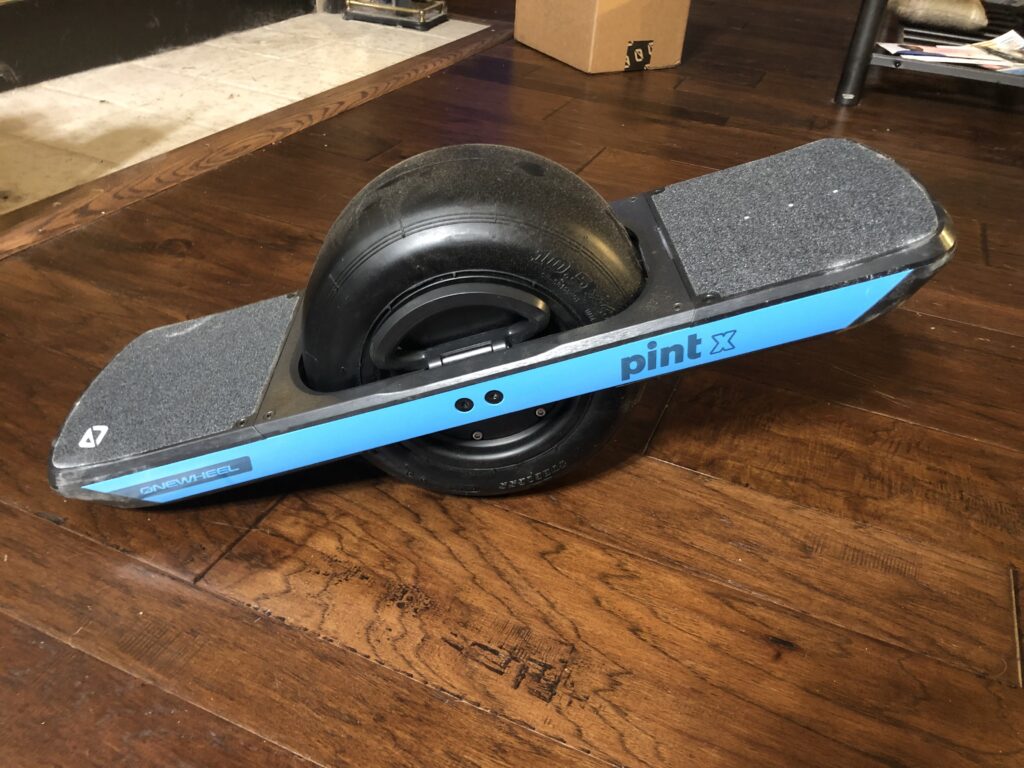
Before moving on, let me review what a Onewheel is.
A Onewheel is a self-balancing electric skateboard. As shown in the picture above, it has a single large wheel in the center. Although I have never tried, I think it makes you feel similar to snowboarding or surfing, with riders shifting their weight to control the direction and speed of the board.
The video shown below shows you me riding my Onewheel after a couple of weeks of ownership.
Onewheels are becoming increasingly popular as a fun and eco-friendly way to get around, and they can be used on a variety of terrain, from city streets to off-road trails.
Learning to Ride a Onewheel at 52:
When I first tried to ride my Onewheel, I struggled to balance myself without moving. I stood there for what felt like an hour, trying to stay still, but it was really difficult.
After taking a short break, I had an epiphany: “When you ride a bicycle, it’s more difficult to stay still. Maybe I should move a little.” So, I got back on my Onewheel and started moving slowly.
Suddenly, everything clicked into place and I found myself riding my Onewheel with ease.
To my surprise, it had only taken me a few hours to go from a complete beginner to a somewhat confident rider.
I found that I had mastered the basic skill of riding a Onewheel in just a day. This experience taught me that age is not a barrier to learning new things and that with practice and persistence, anyone can become a skilled Onewheel rider, at least up to my age.
Benefits of Onewheeling for Older Adults:
As someone in my 50s, I wasn’t sure if getting a Onewheel was a good idea. But since I got mine, I’ve found that it’s made a big difference in my life.
I’m spending more time outside, even in the colder months (although I live in Michigan!). Grocery shopping, which used to be a boring chore, has become a fun and exciting experience.
On sunny work days, I put my Onewheel in the trunk of my car and use it to explore new restaurants at lunchtime.
On weekends, I hit the local bike trail and enjoy the beautiful scenery. The quiet motor of the Onewheel creates a peaceful atmosphere that helps me clear my mind and de-stress.
If you’re around my age, don’t be afraid to try something new like the Onewheel. It might just add a new level of enjoyment to your life like it did for me.
Tips for Learning to Ride a Onewheel:
When I first started learning to ride my Onewheel, I fell a few times and hit the back of my head. Luckily, I had made sure to wear a helmet before I started riding.
If you’re around my age, it’s important to take safety seriously when learning to ride a Onewheel.
Falling is a natural part of the learning process, but you can reduce the risk of injury by wearing appropriate safety gear like a helmet. Take it slow, and don’t be discouraged if you fall a few times.
When learning to ride a Onewheel, it’s important to take things at your own pace and not push yourself too hard. As mature adults, we know our own physical limits and it’s important to be mindful of them as we learn.
Remember, the goal is to enjoy the experience and have fun, not to rush to mastery at all costs. So take your time, enjoy the learning process, and don’t be discouraged if it takes a little while to get the hang of things.
With practice and patience, you’ll soon be riding your Onewheel with ease and confidence. Just remember to prioritize safety and listen to your body along the way.
Preventing Nosedives: Essential Tips for Avoiding Accidents on Your Onewheel
When learning to ride a Onewheel, it’s important to be aware of the potential dangers and safety features of the device. One of the biggest risks when riding a Onewheel is a “nosedive,” which can occur when the front of the board suddenly drops down, causing the rider to fall off.
The video below shows the good example of the “nosedive.” It looks like it really hurt!
I am sure that no middle aged people want to nosedive.
To avoid nosedives, it’s essential to keep your weight centered over the wheel and not lean too far forward or back. It’s also important to monitor the battery level and not push the Onewheel beyond its limits.
Understanding Pushback: How to Stay Safe and Enjoy Your Onewheel
As we discussed in the previous section, nosedives are one of the biggest challenges you might face when learning to ride a Onewheel, but there’s another safety feature that’s equally important to understand: pushback.
Pushback is the term used to describe the automatic resistance you’ll feel when the Onewheel reaches its top speed. When this happens, the board will subtly lift its nose, and you’ll feel a shift in balance that tells you it’s time to slow down.
If you carefully watch the video embedded in the previous chapter, you will notice that the front of the board actually lifted (which is pushback), and the rider ignored it before the nosedive happened.”
It’s important to heed pushback warnings and slow down gradually rather than trying to push through the resistance. Ignoring pushback can lead to dangerous nosedives, so always pay attention to the feedback your Onewheel is giving you. With time and practice, you’ll learn to recognize pushback more easily and adjust your riding accordingly.
How to buy your Onewheel?
If you’re interested in purchasing a Onewheel, there are several options available. The easiest way to buy one is to visit the official Onewheel website, where you can find a variety of models to choose from, as well as accessories and replacement parts.

Another option is to visit a local Onewheel dealer, where you can try out the device before you buy it and get personalized advice on which model is best for your needs.
When purchasing a Onewheel, be sure to read reviews and compare different models to find the one that’s right for you. Consider factors like range, speed, and durability, as well as any additional features or accessories that you might need. It’s also important to invest in a good quality helmet and other safety gear to protect yourself while riding.
I personally chose the Onewheel Pint X model because it’s lightweight and portable, making it easy to take with me wherever I go. At the same time, it offers a decent range of up to 18 miles, which is more than enough for my needs. The top speed of 18 mph is also perfect for me, as I don’t need to go too fast at my age.
Onewheel Unboxing
Unboxing my Onewheel Pint X was a thrilling experience. As soon as I received the package, I knew that I was about to embark on a new adventure. I carefully opened the box and took out the contents one by one, marveling at the sleek design.
If you’re thinking about getting a Onewheel, you might be curious about what’s inside the box. In this section I’ll share my unboxing experience and give you an idea of what to expect when you order your own Onewheel.
One day when I came back from work, my Onewheel had been delivered to my home.
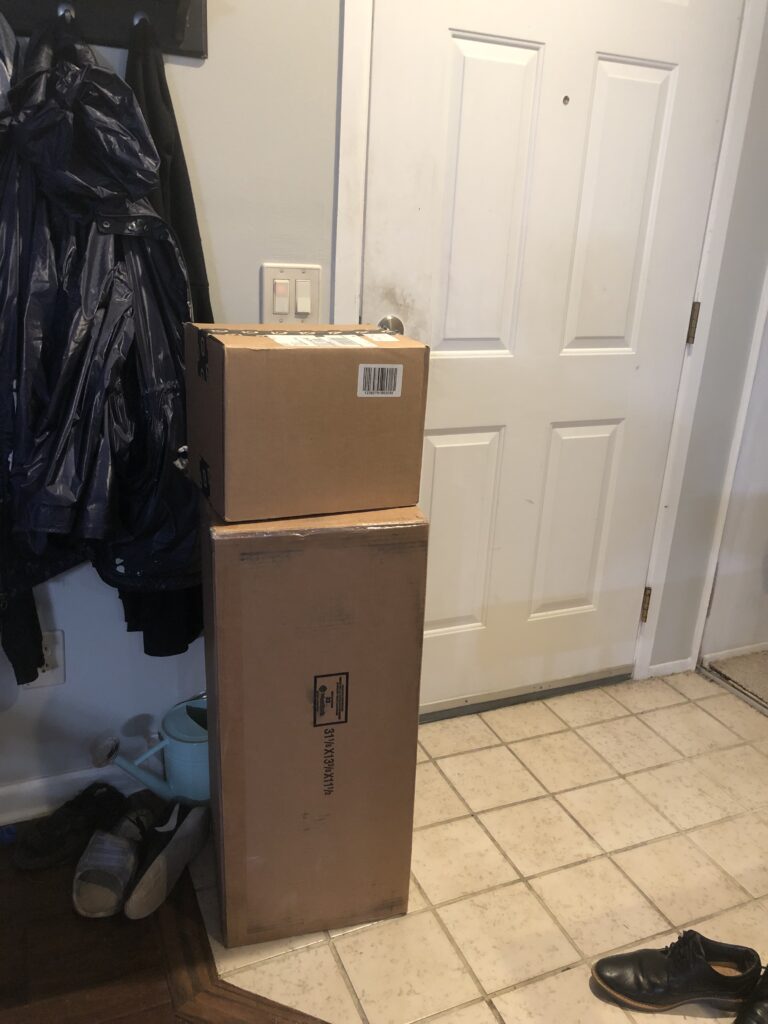
In above photo, the long rectangular box on the bottom is Onewheel itself, and the small box above it is for accessories I purchased with the Onewheel.
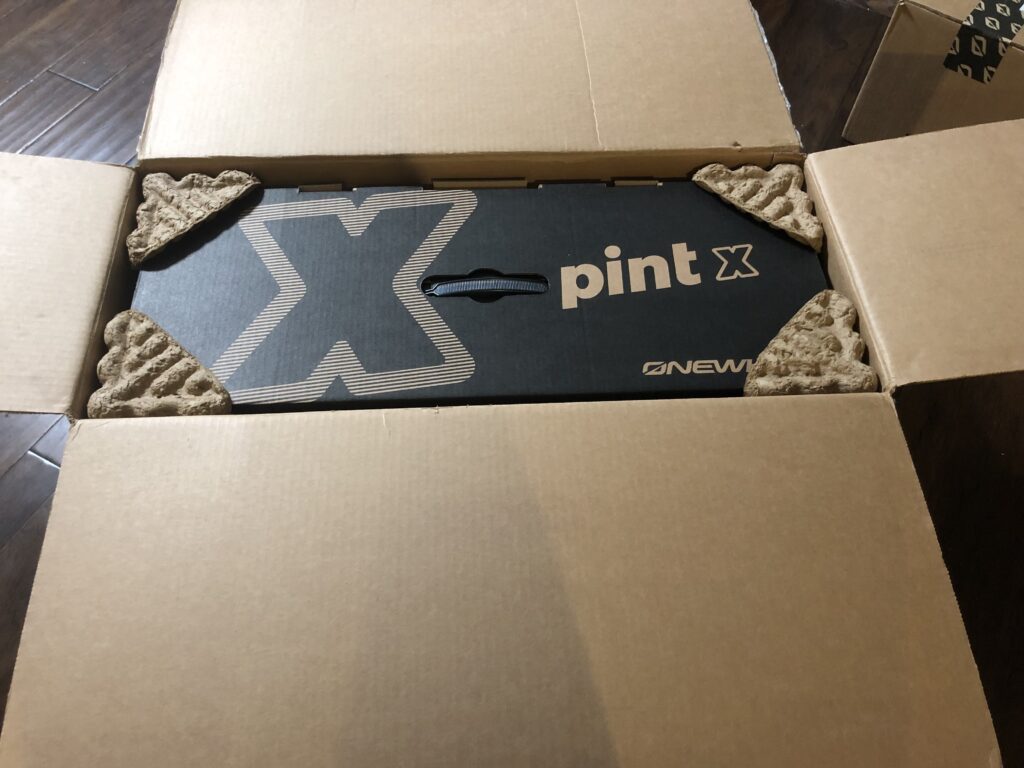
Box in a box.
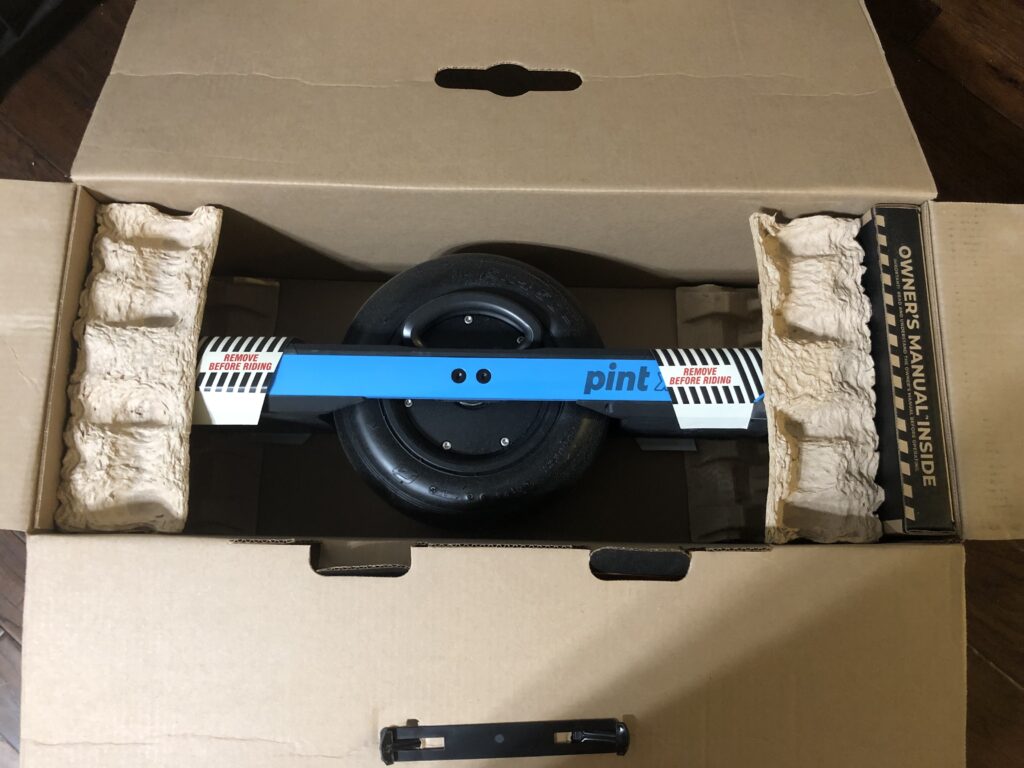
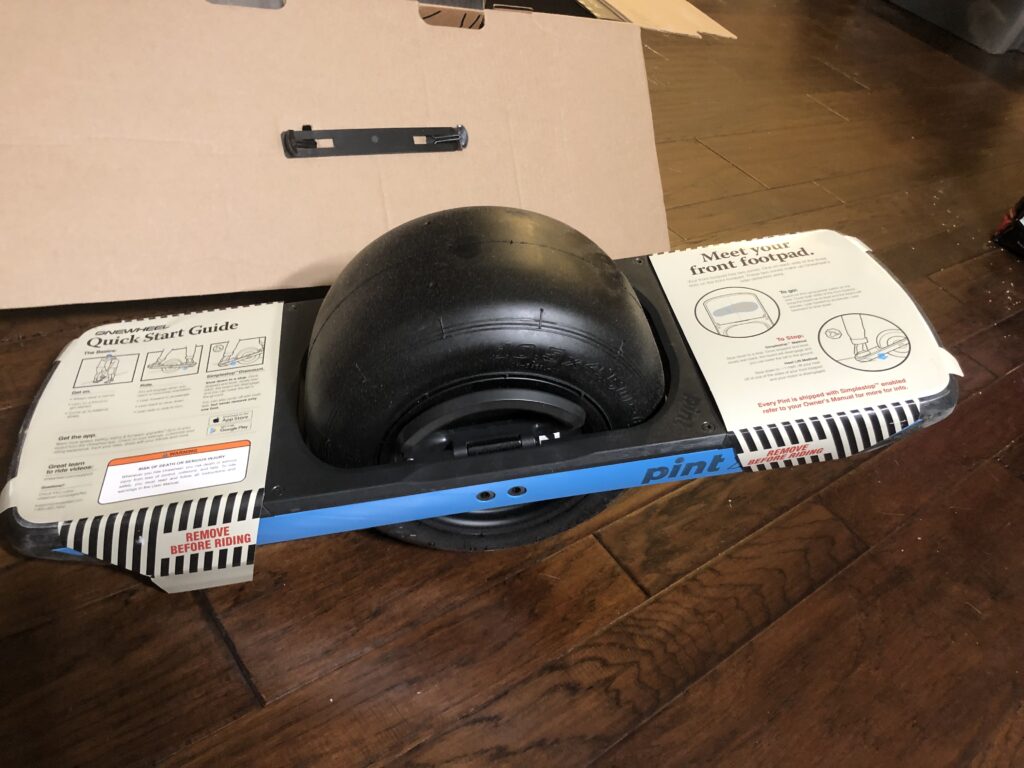
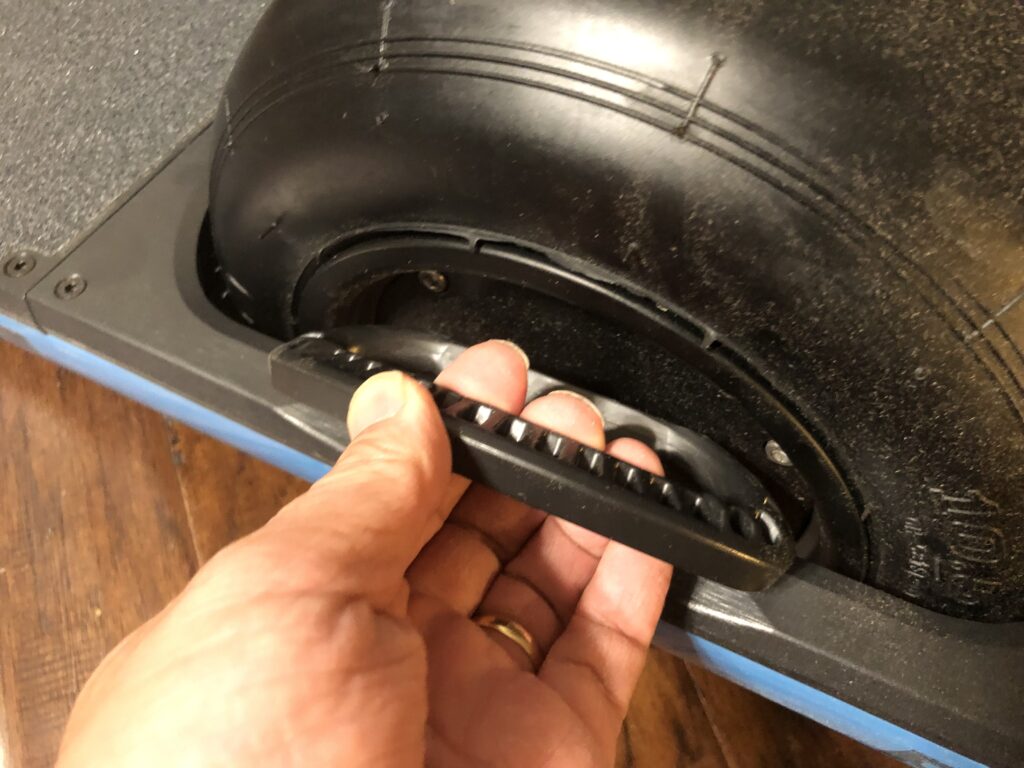
Picture above: The handle on the side of the Onewheel Pint X is a convenient feature that makes it easy to carry the board around with you when you’re not riding it.
As shown in the picture below, I also opted to purchase the Onewheel handle accessory for added comfort while carrying my board. It’s a padded handle that replaces the original handle.
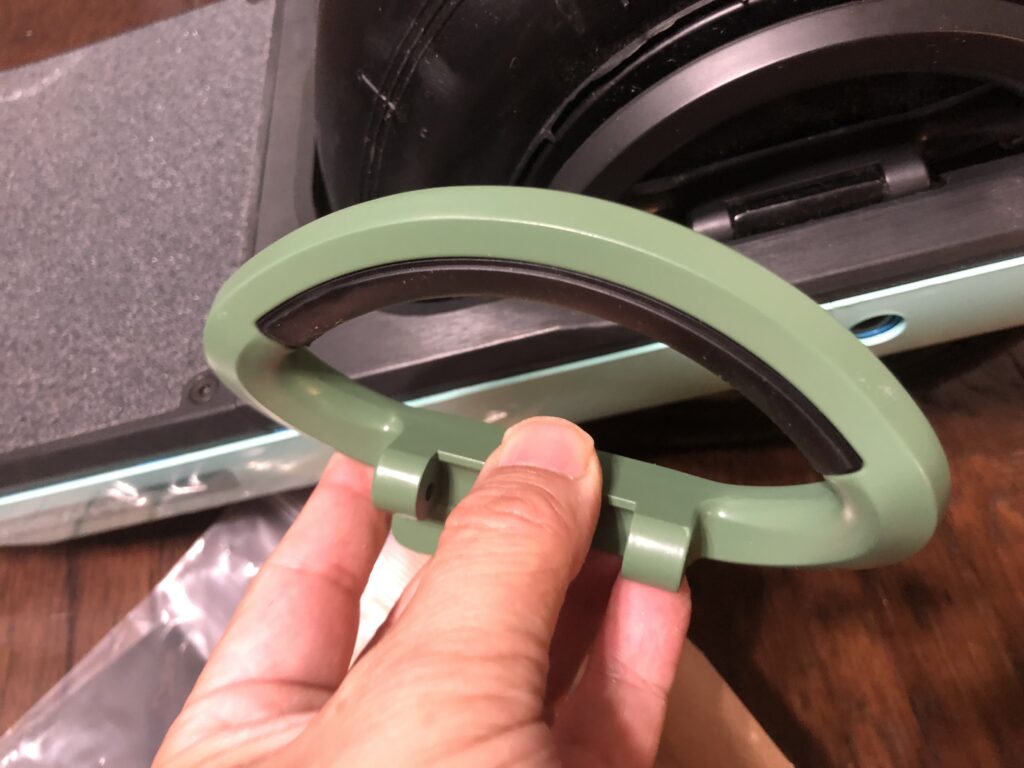
I also purchased an optional carbon fender. It serves as protection against debris, water, and mud that can get kicked up by the wheel while riding.
For example, when I ride through shallow water pools I don’t get anything splashing up on my legs.
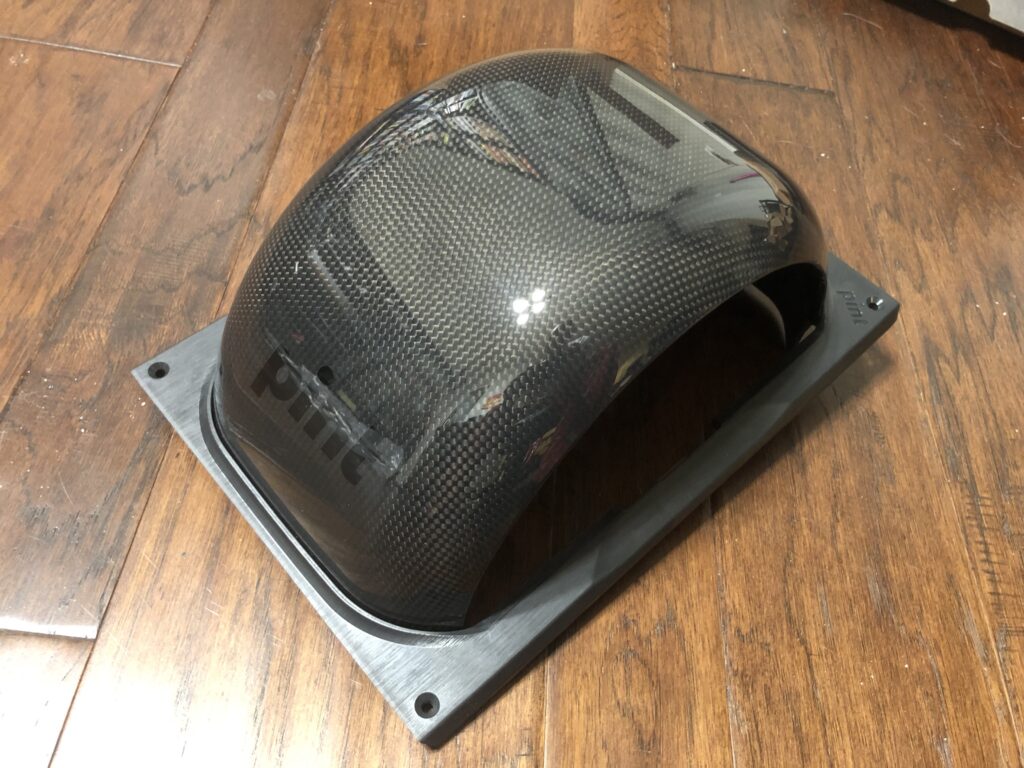
You can buy a plastic one which is cheaper and honestly, probably it performs the same, but carbon looks so much cooler.
The photo below shows my Onewheel after I attached all accessaries I purchased.
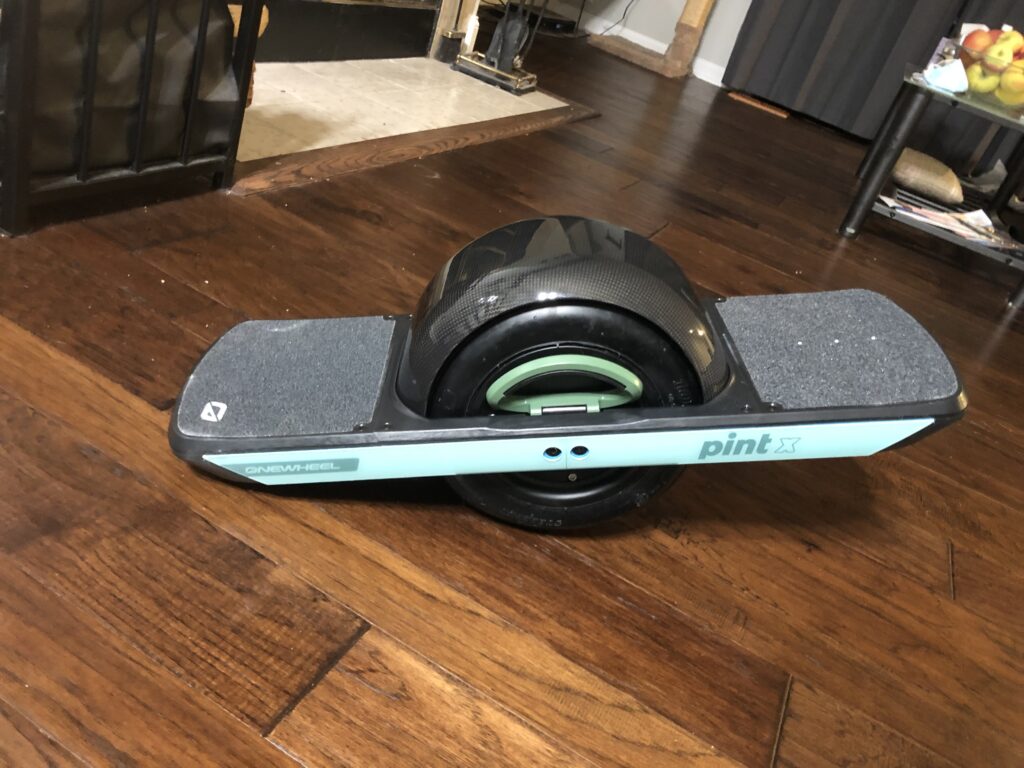
The picture below shows my Onewheel after a couple of weeks. You see some scratches here and there, but I think they added some character to my board and I like it.
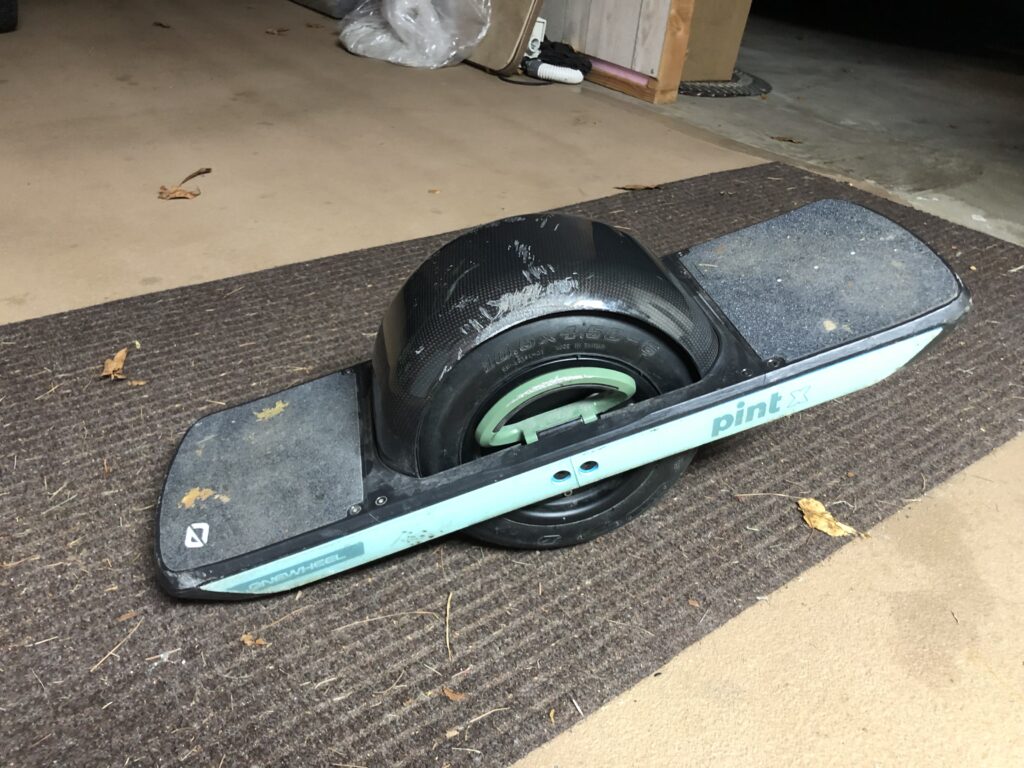


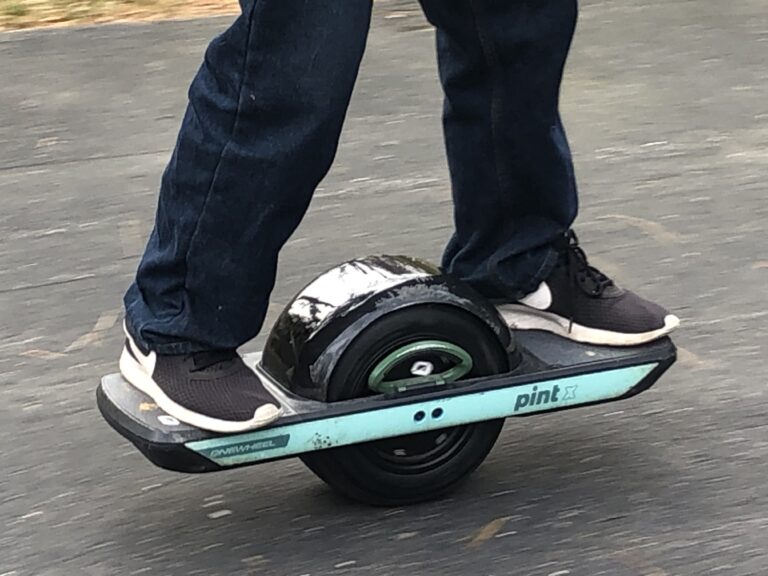
コメント